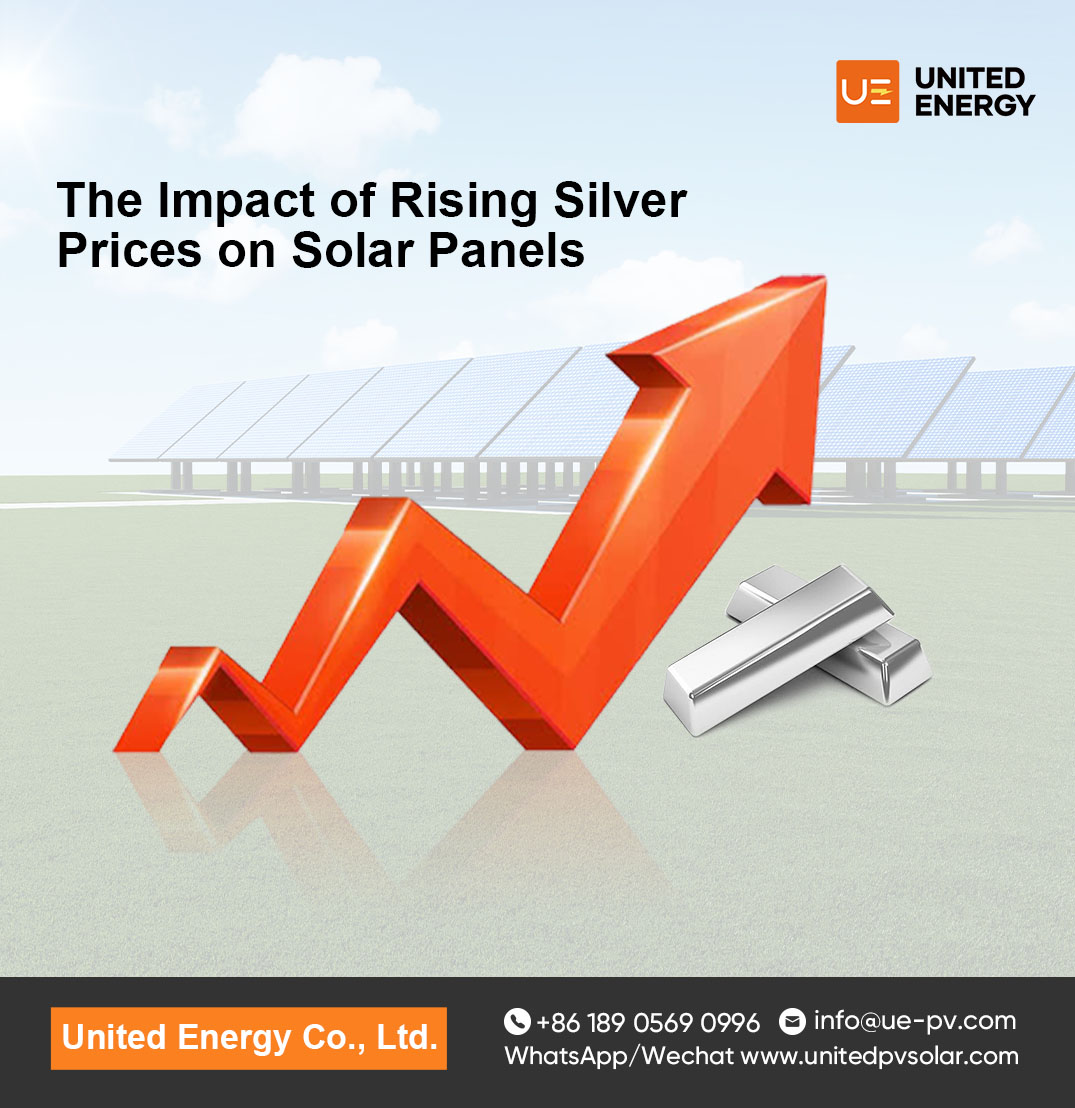Factory Audit;
Goods Inspection;
Third Party Test.
The Impact of Rising Silver Prices on Solar Panels
Jun 12, 2024The global surge in metal prices has driven silver to an 11-year high. Last Friday, COMEX silver surged 6.36% to $31.775 per ounce, and London silver similarly rose by 6.60% to $31.490 per ounce, the highest since 2013. So far this year, the price of London spot silver has increased by over 30%. As of May 27, the trading price for spot silver was 7180 yuan per kilogram, marking a 1.42% rise.

This sustained increase in silver prices has had a significant impact on the photovoltaic (PV) industry. As the second-largest cost component of PV cells, after silicon wafers, the rising price of silver paste is causing substantial cost pressures for the solar industry. Consequently, reducing silver paste consumption has become crucial for cost reduction in the PV sector.
Data shows that N-type cells consume a high amount of silver paste. Specifically, in 2023, PERC cells used about 59 mg of front silver and 25 mg of rear silver per cell. TOPCon cells used approximately 109 mg of double-sided silver paste (95% silver) per cell, while HJT cells consumed around 115 mg of double-sided low-temperature silver paste per cell.
To mitigate the increased costs from rising silver prices, the PV industry is actively researching and developing new technologies. Jinko Solar announced during a performance briefing that it has fully implemented laser-assisted sintering technology and completed preliminary testing of 0BB technology, which significantly increases power and reduces costs. Companies like Autowei and Tongwei are also advancing the research and application of "silver reduction" technologies.
SOLARZOOM New Energy Think Tank predicts that by the end of 2024, the silver consumption per watt for TOPCon cells will decrease from 11.6 mg/W at the end of last year to approximately 8.7 mg/W. For HJT cells, the silver consumption per watt is expected to drop from 8.6 mg/W to 3.2 mg/W during the same period, due to reductions in both wet weight and silver content.
According to China Galaxy Securities, as major companies continue to reduce non-silicon costs, the silver content in silver-coated copper is expected to fall below 30% by the end of 2024. The combination of silver-coated copper and 0BB technology will further reduce silver paste consumption, bringing the cost of HJT cells closer to that of TOPCon.
Notably, according to industry media reports on May 18, HJT cell companies reached an agreement with paste companies on a pricing formula for HJT silver-coated copper paste in April. Since mid-April, the pricing formula for silver-coated copper paste has been "paste price = silver price × silver content + markup". Previously, some companies used "paste price = silver price - deduction" or "paste price = silver price × 70-75% + markup". With the new pricing formula, HJT cells are poised to gain a cost advantage over TOPCon as silver paste prices rise.
In summary, the rise in silver prices affects the paste costs for both HJT and TOPCon cells. With HJT cells adopting 30% silver-coated copper fine grid paste and 0BB technology, HJT cells are expected to have a cost advantage of nearly 0.04 yuan/W over TOPCon cells when silver prices reach 8000 yuan/kg. As technology continues to advance and costs decrease, the PV industry is poised for broader development prospects.